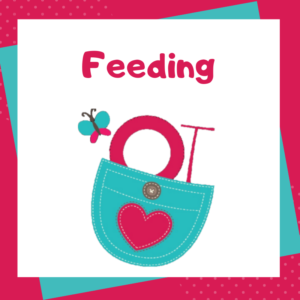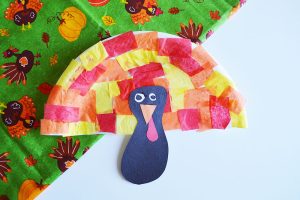
20 Snowman Crafts
Who wants to build a snowman? We do! This week we’ve rounded up some snowman crafts and activities. Each link contains a fun…
Many children with special needs experience co-morbid conditions involving eating. Co-morbid means they ‘come along with’ other disorders. For example, many children with autism experience sensory processing difficulties. I’m often asked HOW to help our kids eat. My answer is to let kids play with food. Decreasing pressure around mealtimes is important. Time at the dinner table is supposed to be relaxed and enjoyable. Here’s one of my favorite activities for any time of the year.
Substitute creme cheese for peanut butter if your child has allergies to nuts.
Playing with food is always a great way to introduce new tastes and textures to our kids. This activity may be used for any holiday if you exchange the hearts for something edible. Examples might be dehydrated fruit, candies of all shapes and sizes, cut up grapes, and veggie pieces. Have fun!
Out of the POCKET Idea!
Bread or toast
Creamy peanut butter
Conversation hearts
Decorating bag
Spatula
1. Fill your decorating bags halfway with creamy peanut butter and cut a small tip off the end.
2. Layout your bread or toast and use your decorating bag of peanut butter to draw a tic-tac-toe board onto each slice of bread.
3. Separate your conversation hearts into piles of two colors.
4. Now you can play tic-tac-toe on each slice of bread or toast with the conversation hearts and eat the peanut butter bread after.
Want more ideas for fine motor fun? Read my earlier post here for some fun ideas!
NOW AVAILABLE on-demand………5/5 star rated
Send us pictures of your tic-tac-toe board. We love hearing from YOU!



